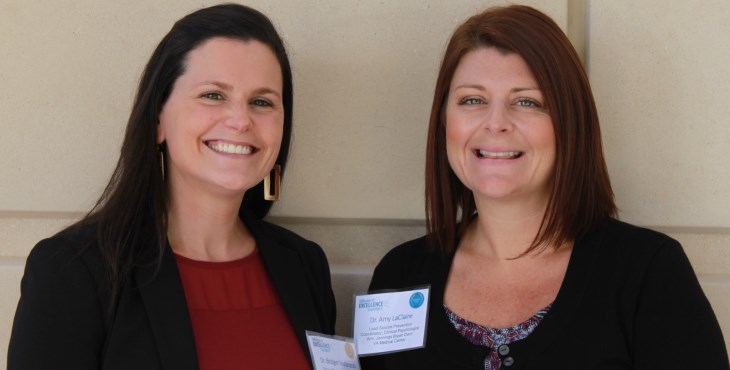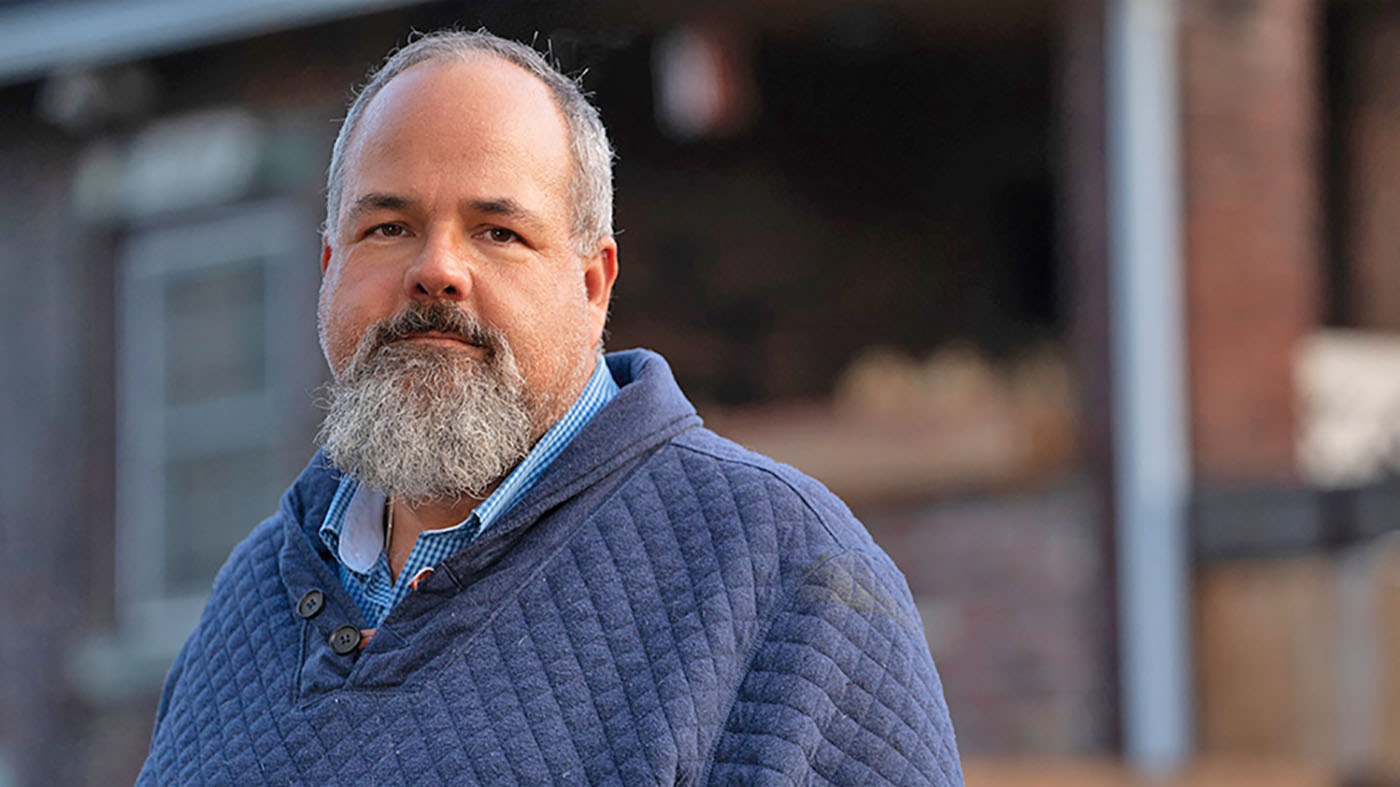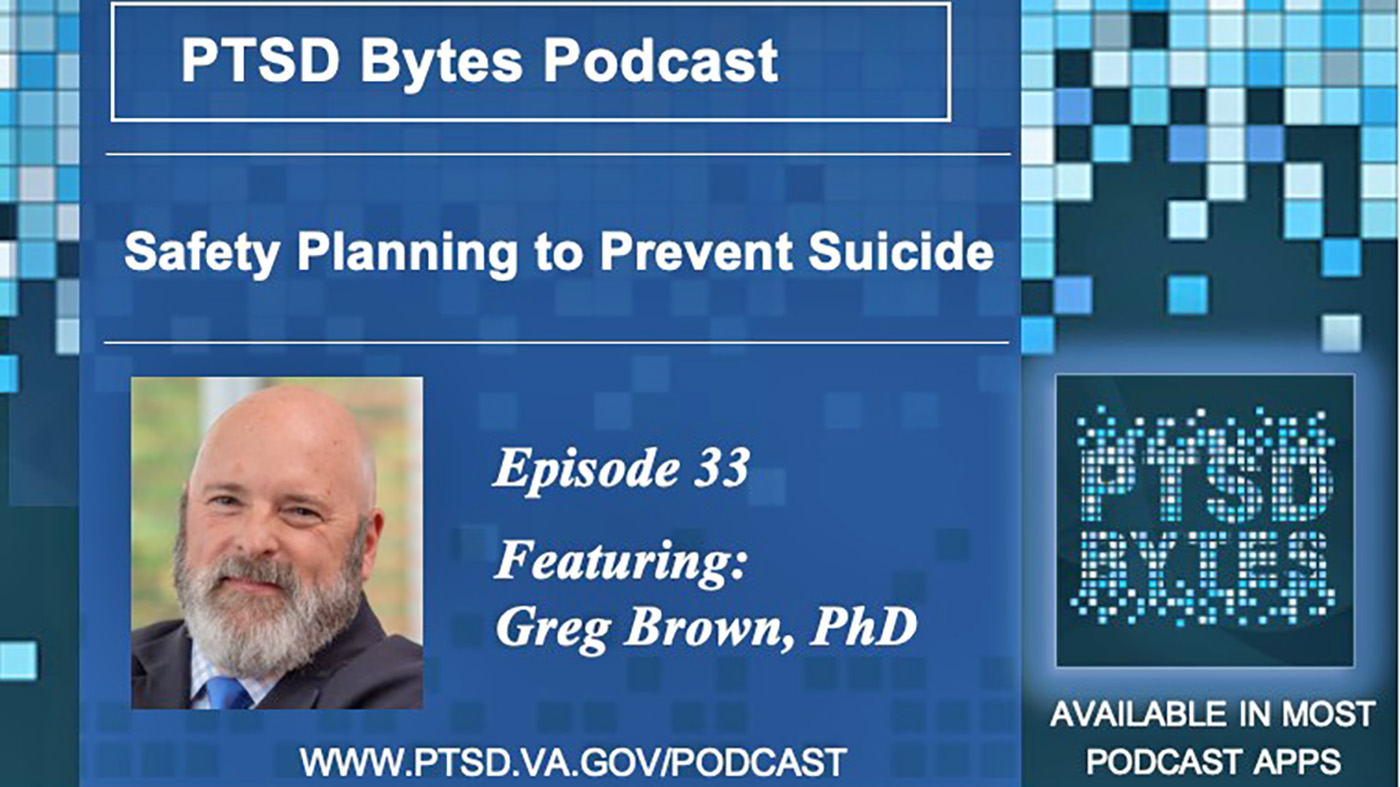When a Veteran is in the hospital under psychiatric care, it’s easier for him or her to feel supported and be hopeful for a positive recovery as they are surrounded by mental health staff and other Veterans who understand.
But then the Veteran goes home. If they live alone, or in a rural area that is far away from care and friends, they may start to feel differently or may begin to feel isolated and forgotten. The plan they left with collects dust. Help may seem too hard, too far to seek. The Veteran starts sleeping less, getting caught up again in their thoughts … which sometimes are about hurting themselves … or even ending their life.
It’s easy to see how poor continuity of care is associated with death by suicide among Veterans. Often feeling “dropped” in support when they get home from in-patient care, rural Veterans are especially at increased risk for death by suicide.
VA’s HOME Program was created to help patients – especially those who live in rural areas – access mental health care after they transition from inpatient psychiatric care and re-enter their community. Now, when Veterans go home, they have the comfort of knowing they are still connected to care. HOME helps Veterans access their mental health visits by providing them the option of in-clinic, in-home, or telephone visits after they have been discharged from the hospital. HOME establishes program infrastructure, improves post-discharge treatment engagement, and increases safety plan use among Veterans. And most remarkably – HOME reduces post-treatment suicide rates – offering a ray of hope and support to some of our most vulnerable Veterans.
“We are hopeful that this program will help us with rural population as well. The data has shown that Veterans who participate in the HOME program are more likely to engage in care following hospitalization, engage in care and more quickly, and attend more mental health appointments than those that are not in the HOME program,” said Dr. Bridgett Matarazzo, a gold status fellow who created the HOME Program.
Matarazzo learned about research taking place in the Netherlands that used creative ways to address post-hospitalization suicide. After analyzing the Netherlands research, she adapted it to better serve Veterans, tailoring it to fit the patients she works with at VA Eastern Colorado Health Care System. Matarazzo developed the HOME program to support Veterans who are discharged from psychiatric hospital and transition to outpatient care. The program provides support during this time period, because it’s a well-established period of increased risk for death by suicide. At this time when they are at their most vulnerable, Veterans often have hard time engaging in care. They may be in a rural area, or live alone, and find it difficult to seek help.
Matarazzo explained that her team first meets with Veterans while they are in the in-patient unit, and follow-up with a phone call the very first day they are back home. Visits at home occur during the first week post-discharge. The HOME team conducts weekly phone calls with Veterans until they are engaged with outpatient providers, easing their transition from in-patient to out-patient. During each contact, the team conducts thorough suicide risk assessments, reviews and updates safety plans, and identifies solutions around barriers to care. The safety plan is a list of coping strategies that can be used to meet the severity of the Veteran’s current needs. It is strengths-based, individualized, and Veteran-centered. Fortunately, any patient that is admitted to in-patient care will have the opportunity to be in the HOME program.
Matarazzo has received overwhelming positive feedback on the HOME program from Veterans and providers alike. Veterans report feeling cared for and supported, armed with the knowledge and tools they need should they require any support post-hospitalization.
Matarazzo and Dr. Amy LaClaire Horrex, who is implementing the home program at her facility, agree that family and friends can be of great support Veterans who are currently struggling with mental/emotional health issues by actively supporting and being involved in their loved one’s care. In the HOME program, this translates into participating in the home visits and being part of safety planning and discharge planning as long as the Veteran allows it.
LaClaire added that helping family and friends recognize warning signs and being able to know when Veterans are at risk is another important factor. Family and friends can often encourage Veterans to acknowledge that they need help and reach out to receive care.
“It makes it very easy to come to work each day. I value that we are able to think critically about how to best serve our Veterans and develop new programs to meet those needs, evaluate them, and disseminate them once they prove to be effective,” said Matarazzo regarding VA’s Innovation program to diffuse best practices throughout VA. “VA offers opportunities to do that, which is not so easy in other healthcare systems. It’s a unique opportunity in VA that doesn’t necessarily exist elsewhere.”
The Diffusion of Excellence Initiative
This article on Faces of Innovation is part of a six-blog series about the Gold Status Fellows and Implementing Facility Fellows participating in the Diffusion of Excellence Initiative.
The Diffusion of Excellence Initiative identifies and disseminates promising practices, as well as standardizes those that promote positive outcomes for Veterans system-wide. It empowers employees to share innovations and drive a supportive culture of continuous improvement. Through the Initiative, VA’s Veterans Health Administration has identified more than 1,000 practices submitted by VHA frontline staff that address the USH’s priorities of improving access, care coordination, employee engagement, quality and safety, and the Veteran experience.
About the authors: Tiana Bouma and Vanessa Roundy work for Atlas Research, a healthcare advisory consultancy.
Topics in this story
More Stories
Be ready before a suicide crisis by learning about resources that are available. You don’t have to face it alone.
In a two-part series, Dr. Colleen Becket-Davenport discusses some common myths surrounding PTSD with Dr. Kelly Maieritsch.
In this episode of the PTSD Bytes podcast, we speak with with Dr. Greg Brown, Philadelphia VA clinical psychologist, about how safety planning can prevent suicide.







That sounds great.
But it doesn’t help those near outpatient facilities supposedly being treated. That’s especially true for those of us that served out of combat areas when everything is understandably geared to treat PTSD and post-wounding depression.
I’m 61, Bipolar and also suffering from depression. In January 2012 I attempted suicide by taking a potentially fatal overdose of medications. A co-worker found me the next morning. I was rushed to a triage unit and almost died in the ER anyway. After 18 days in an induced-coma and further treatment I was transferred to an affiliated Psych Unit.
Following discharge in my son’s care I had to wait over a week to see my VA psychiatrist for 20 minutes, then another 2 weeks. I couldn’t get a therapy appointment for 2 months or schedule any follow-up appointments until I came to the clinic for the original appointment. Next available appointment then in 6 weeks.
So no therapy and 5 psychiatrists later I get a teleconference every 3 months.
That’s the reality of my VA Mental Health care.